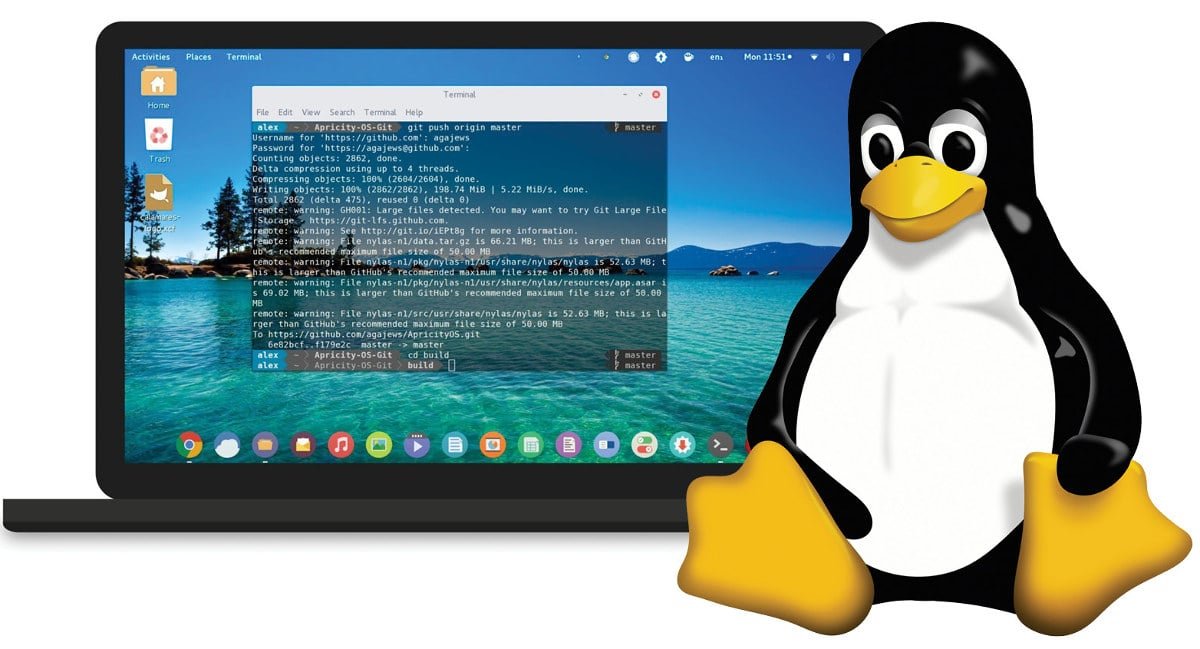30 Lines of Linux Code Could Slash Data Center Power Use by 30 Percent

Researchers at the University of Waterloo have unveiled a simple yet transformative fix for data center energy use: just 30 lines of code added to the Linux operating system could cut power consumption across data centers by up to 30 percent. This breakthrough targets the heart of the world’s busiest data centers, most of which run on Linux.
The solution stems from observations that the way Linux processes network traffic packets was creating significant inefficiencies. By reordering how and when certain tasks are completed within the Linux kernel, computer scientists Martin Karsten and Peter Cai discovered that servers could make much better use of their CPU caches, leading to large reductions in wasted energy. They liken the improvement to rearranging the workflow in a factory so resources are used more efficiently, minimizing unnecessary activity.
This code tweak, now included in Linux version 6.13, addresses both direct and indirect energy costs associated with handling asynchronous hardware interrupts—one of the main sources of CPU overhead during heavy network traffic. In practice, adopting this modified kernel can result in up to a 45% increase in throughput, further boosting server performance while reducing power draw.
The impact is potentially enormous: as data centers are already estimated to consume between 240 and 340 terawatt-hours of electricity annually—outpacing even global cryptocurrency mining—slashing energy use by one-third would represent significant cost savings and emissions reductions. With cloud giants like Amazon, Google, and Meta already relying on Linux, widespread adoption could drive gigawatt-hours of savings worldwide.
As demand for data processing surges due to AI and internet growth, this elegant software solution offers a scalable path to greener, more efficient digital infrastructure, all without requiring costly hardware upgrades or major operational changes.
Recent Technology Articles
Tesla expands real-world Full Self-Driving testing with billions of new miles of data
Tesla is accelerating its Full Self-Driving ambitions by expanding its testing program, now leveraging over 6 billion miles of real-world …
Apple Vision Pro Struggles with Developer Adoption as Ecosystem Growth Stalls in 2025
Apple's Vision Pro headset continues to struggle with ecosystem growth in 2025, showing stagnant app development with only 1,770 available …
Google Pay Rolls Out ShopeePay and TNG eWallet Integration in Malaysia
Google Pay has launched support for ShopeePay and TNG eWallet in Malaysia, enabling Android users to pay and top up …
# Oracle Cloud Security Incidents: Understanding the Recent Breaches and Their Impact
Oracle faces mounting pressure as multiple cloud security incidents lead to government warnings, potential exposure of healthcare data, and class …
AI Market Set to Soar: Multiple Forecasts Predict Trillion-Dollar Growth by 2030
The global AI market is projected to reach between $1-1.8 trillion by 2030, with multiple research firms forecasting explosive growth …

Tesla expands real-world Full Self-Driving testing with billions of new miles of data
Tesla is accelerating its Full Self-Driving ambitions by expanding its testing program, now leveraging over …

Apple Vision Pro Struggles with Developer Adoption as Ecosystem Growth Stalls in 2025
Apple's Vision Pro headset continues to struggle with ecosystem growth in 2025, showing stagnant app …

Google Pay Rolls Out ShopeePay and TNG eWallet Integration in Malaysia
Google Pay has launched support for ShopeePay and TNG eWallet in Malaysia, enabling Android users …



